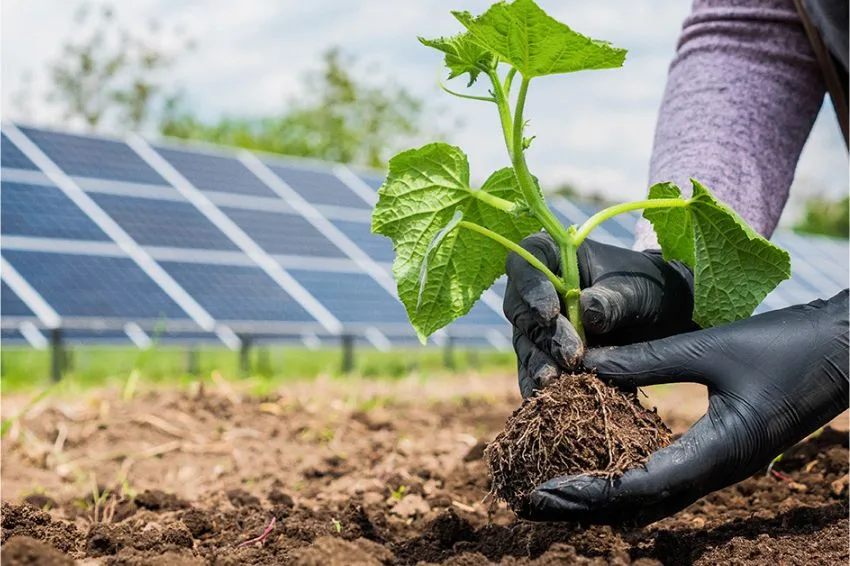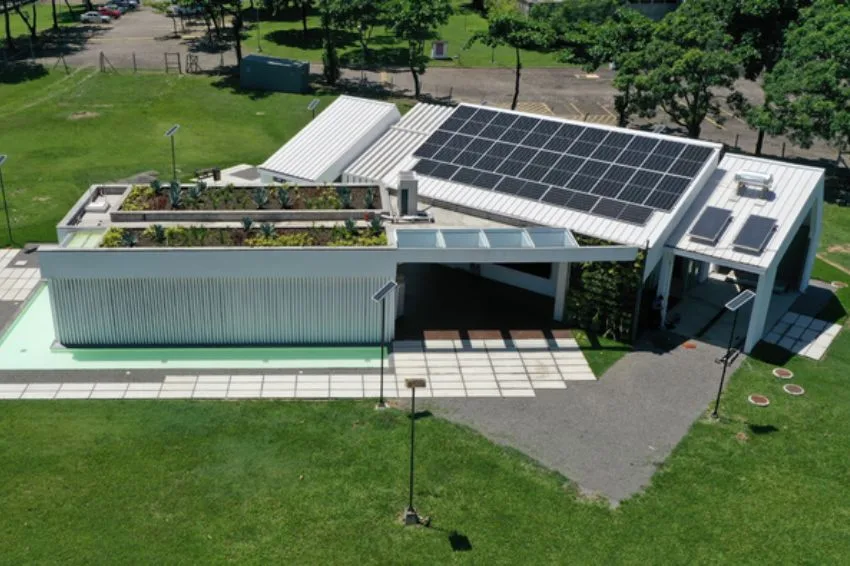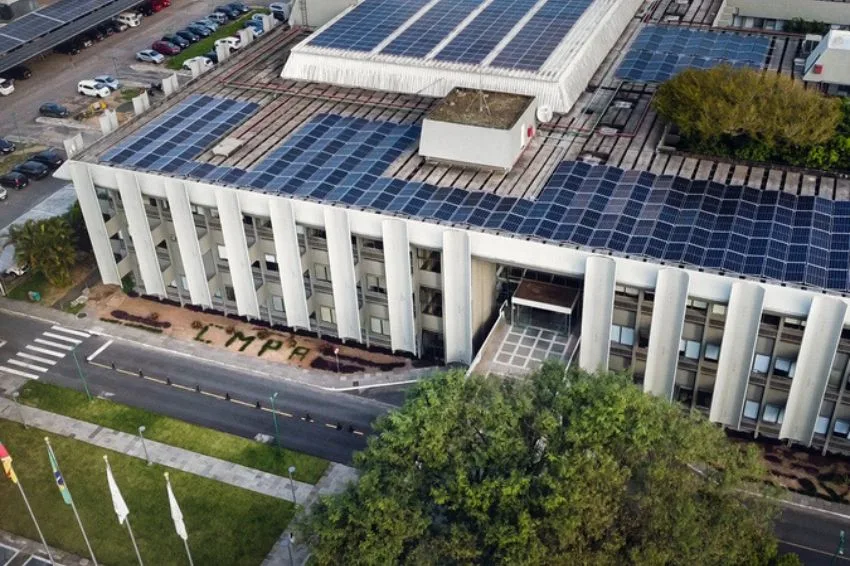Even though the planet urgently needs to reduce the amount of greenhouse gases released into the atmosphere to limit global warming to 1.5°C above pre-industrial levels, the energy sector recorded a new annual increase in emissions.
The segment produced 37.4 billion tons of carbon dioxide last year, a growth of 410 million tons (1,1%) in relation to 2022, according to information from the report “CO₂ Emissions in 2023”, from the IEA (International Energy Agency).
Despite this, the entity highlights that the The situation would have been much worse if it weren't for the record expansion of clean energy, mainly solar and wind, and increased participation of electric vehicles in the transport sector.
Without the use of renewable, O increase global of CO2 emissions in the last five years would have been three times higher. Last year, in fact, was the first in which at least half of the electricity production of developed countries, such as Germany It is U.S, came from renewables.
Fatih Birol, executive director of the AIE, highlights that, in recent years, the Covid-19 pandemic, The energy crisis experienced by many countries (especially European) and the constant geopolitical instability they had everything to make it impossible efforts to build cleaner and safer energy systems.
“Instead, we have seen the opposite in many economies. The transition to clean energy continues to accelerate and control emissions – even with global energy demand expected to grow more strongly in 2023 than in 2022,” he said.
Expansion of renewables and electric vehicles
From 2019 to 2023, O growth of renewable energy foi twice as high as that of fossil fuels across the world, with the deployment of solar and wind power plants having been sufficient to avoid an amount of annual coal consumption equivalent to that of countries like India and Indonesia combined.
Ustransport sector, the Agency highlights that the growing number of electric vehicles has also played a significant role in preventing oil demand from rising above pre-pandemic levels. According to the study, one in every five vehicles sold worldwide in 2023 was electric.
Water crisis
According to the IEA, the global increase in emissions of carbon dioxide occurred, in particular, pthe fact of hydroelectric plants have been damaged by numerous severe droughts, resulting from the combination of El Niño with climate change.
With less water in reservoirs, some countries activated more thermoelectric plants to meet demand, which increased emissions from the global electricity sector by 40% and weighed on emissions from the entire energy segment.
China, Canada and Mexico turned to oil, fossil gas or coal derivatives to generate electricity – which translated into an increase of 170 million tons of CO₂. Furthermore, China continued to use polluting energy to maintain its growth following the Covid-19 crisis.
The IAE study recalls, however, that even with the increase in emissions in China, the country contributed around 60% of global additions of solar, wind and electric vehicles in 2023.
All content on Canal Solar is protected by copyright law, and partial or total reproduction of this site in any medium is expressly prohibited. If you are interested in collaborating or reusing some of our material, we ask that you contact us via email: [email protected].
















